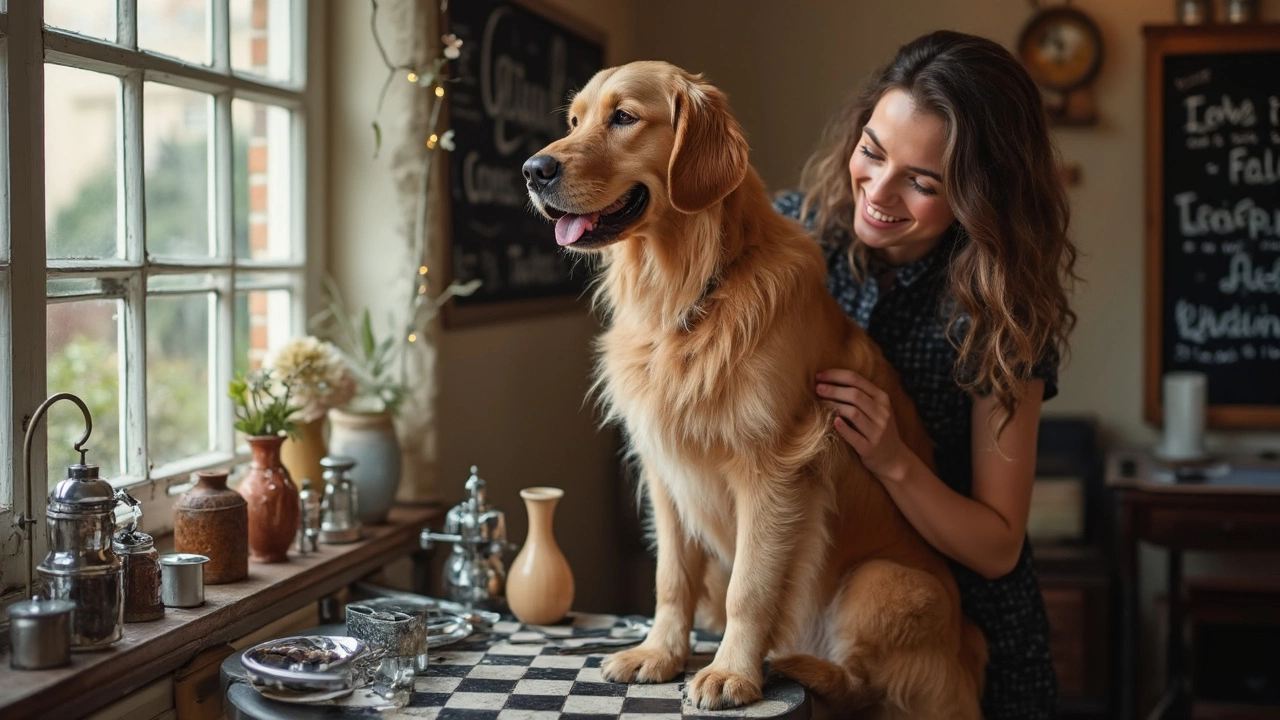PetSmart Groomer Tips: Quick, Calm Dog Grooming Made Simple
Every groomer knows a nervous dog can turn a routine trim into a marathon. The good news? A few simple tricks can shrink stress, speed up the job, and keep both you and the pup smiling. Below are the most practical tips you can start using right away.
Plan Your Day Like a Pro
First, figure out how many dogs you can realistically handle. Most solo groomers finish 4‑8 full grooms a day. The trick is to break the day into blocks: prep, grooming, and clean‑up. Give yourself a 10‑minute buffer between each dog for brushes, towels, and a quick check of the equipment. This schedule stops you from feeling rushed and lets the dog settle in without a chaotic hand‑off.
Keep the Pup Calm from the Start
Start with a brief “welcome” routine. Let the dog sniff the table, watch you set up tools, and give a gentle pat on the head. A calm start tells the dog that grooming isn’t a threat. If the dog shows signs of fear – ears back, tail tucked – pause, offer a treat, and speak in a soothing tone before moving forward. A treat‑based reward system works wonders for most breeds.
Next, use the right tools. A no‑pull harness or a short, snug leash keeps the dog steady without choking. For breeds that love to shake, a slip‑sheet under the table prevents them from slipping off the work surface. These small adjustments cut down on sudden movements that can trigger anxiety.
When you start the actual grooming, keep movements smooth and predictable. Trim with slow, steady strokes and avoid sudden snips. Talk to the dog as you work – “good boy, nice ears” – so they associate the sound of your voice with positive feelings. If the dog starts whining, pause, check for hot clips or a snagged hair, and fix it before continuing.
After the trim, finish with a quick brush and a pat. A short post‑groom cuddle seals the positive experience and makes the dog more likely to come back relaxed next time. Offer a small treat as a final thank‑you – it reinforces the calm behavior you just built.
Finally, keep your space tidy. A clean table, fresh towels, and organized tools reduce the chance of accidents. Wipe down surfaces between each dog, and replace any worn brushes. A neat workspace not only looks professional but also signals to the dog that the area is safe.
By planning your day, using calming tools, speaking soothingly, and keeping a clean space, you’ll boost your grooming capacity and give every pet a stress‑free experience. Try these PetSmart groomer tips on your next appointment and watch the difference for yourself.
How Much Should You Tip a Groomer at PetSmart?
Tipping your pet's groomer at PetSmart can be a bit of a head-scratcher. How much is considered fair? In this article, we'll break down the proper etiquette for tipping dog groomers and offer insights into what most customers typically do. We'll also discuss why tipping is appreciated and even share some tips for making the trip more pleasant for your pets. Whether you're new to pet ownership or an experienced dog parent, you'll find useful advice here.
